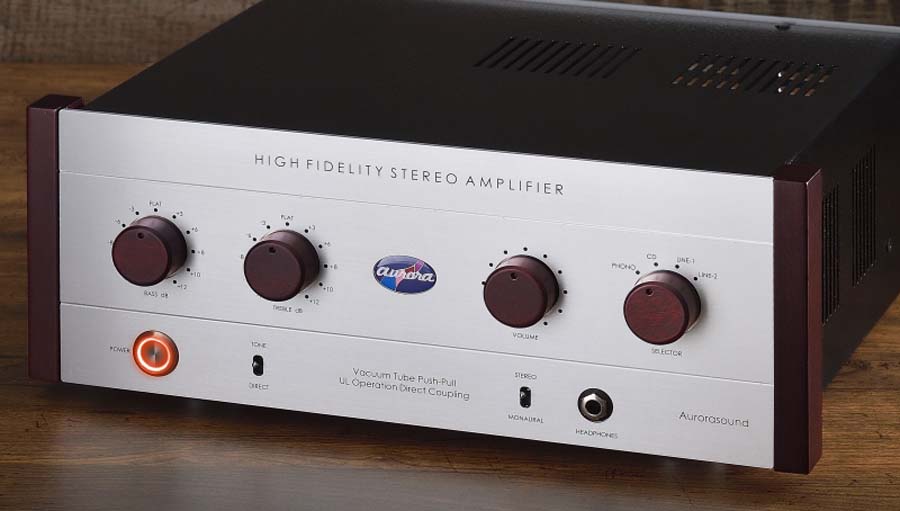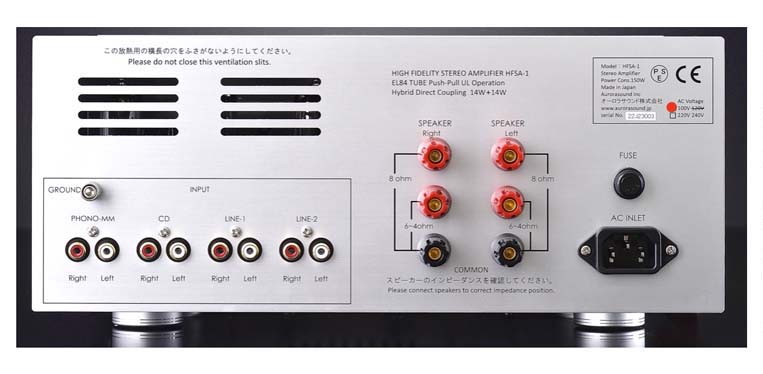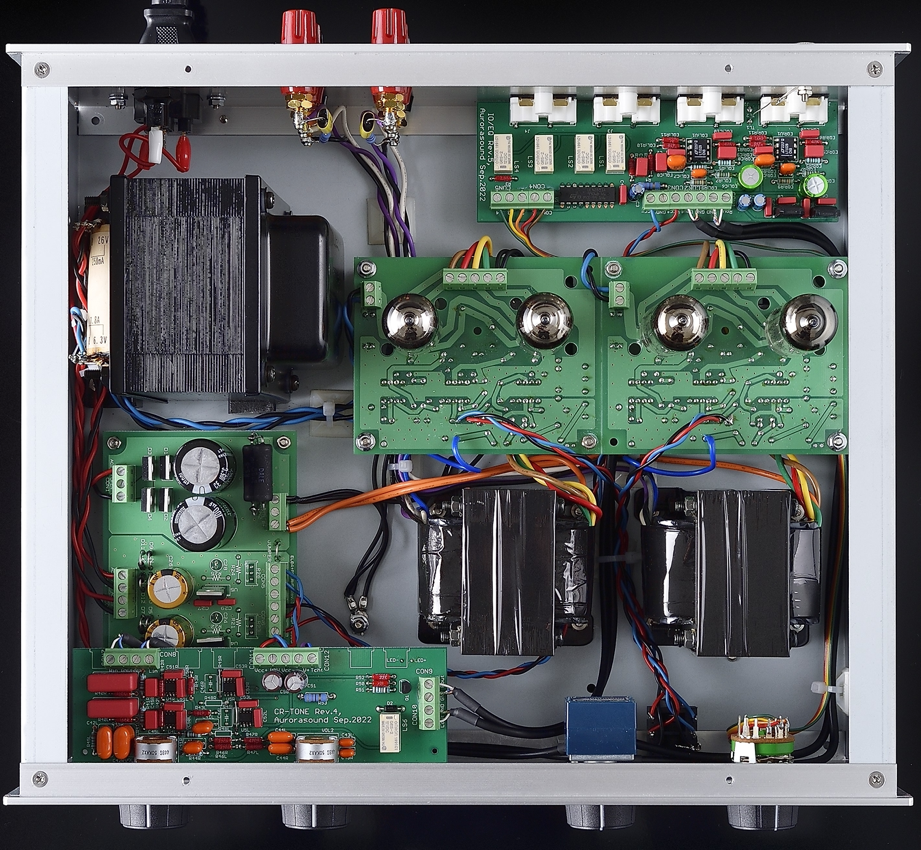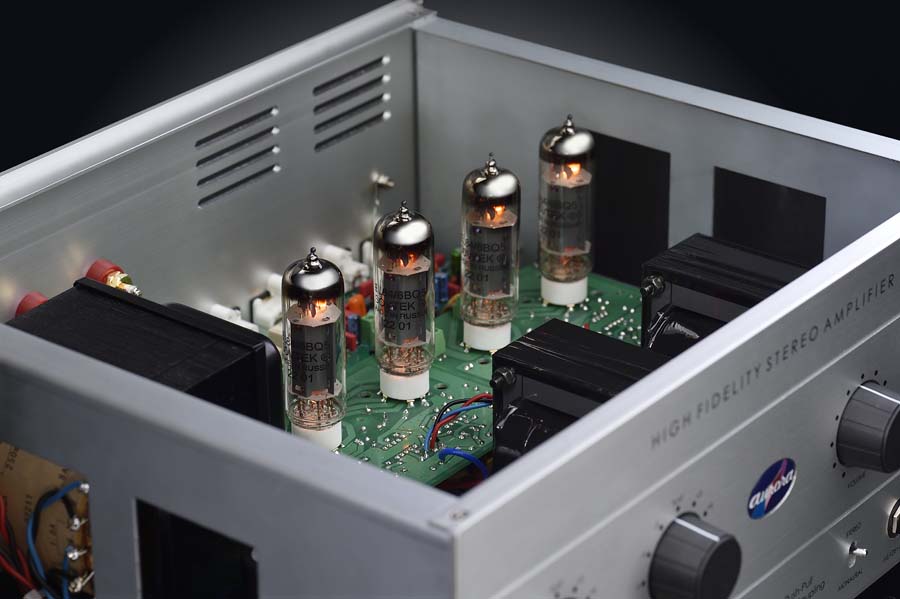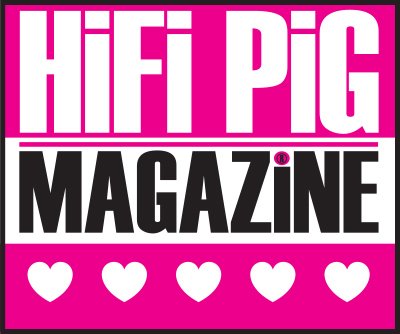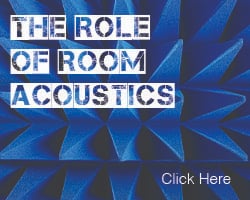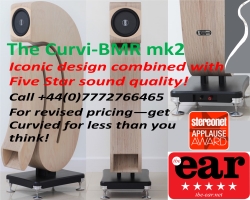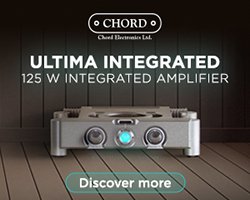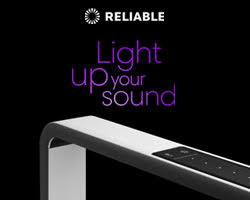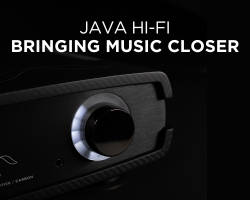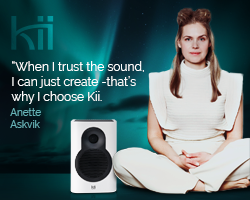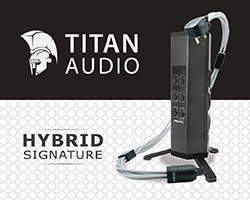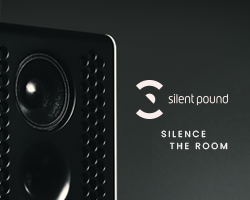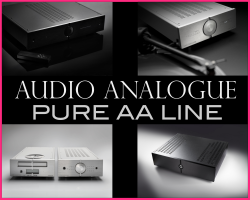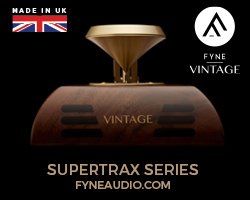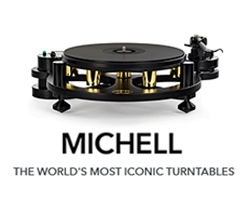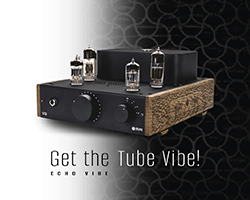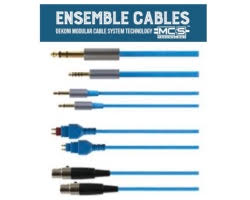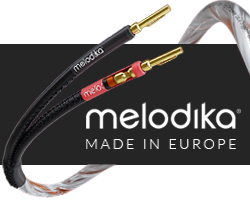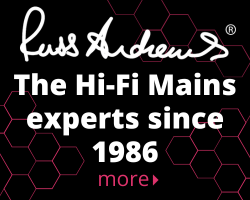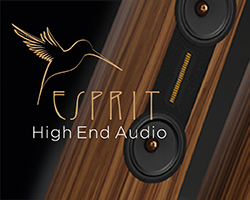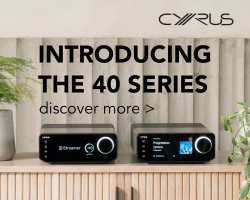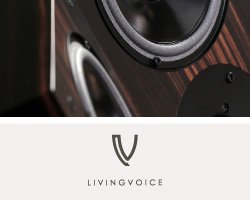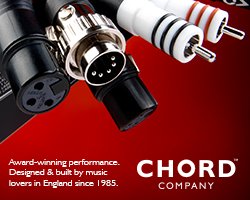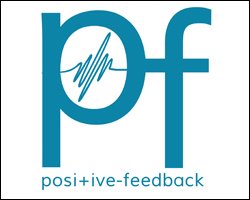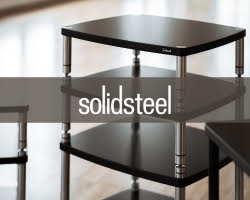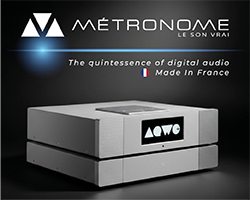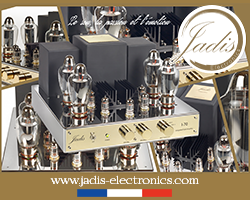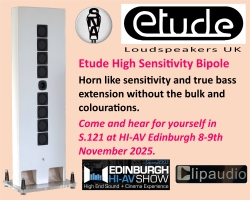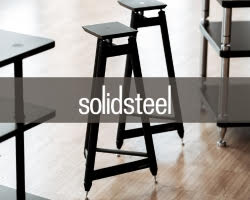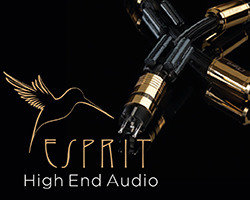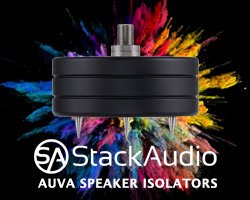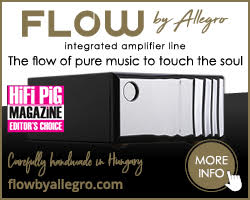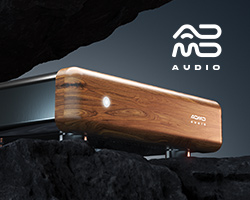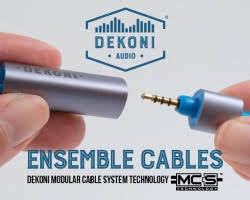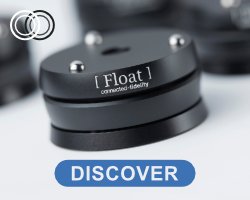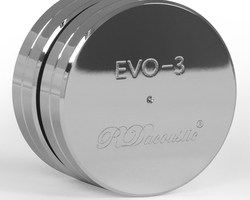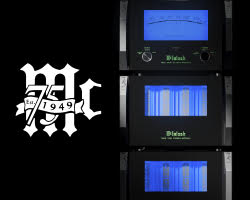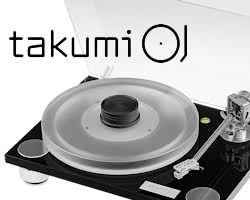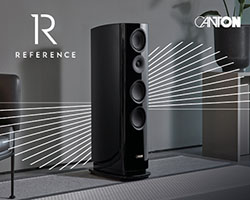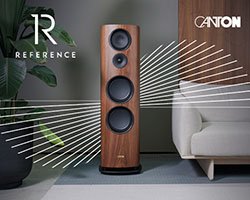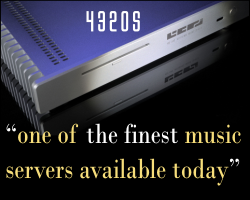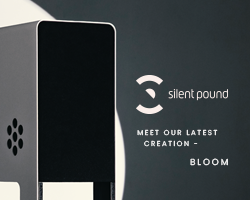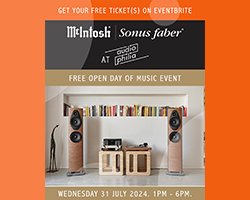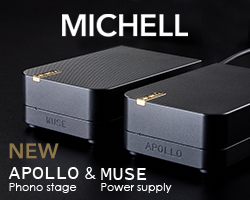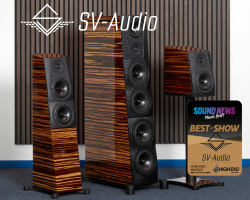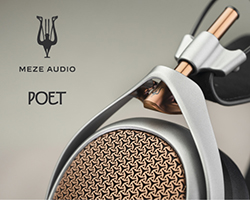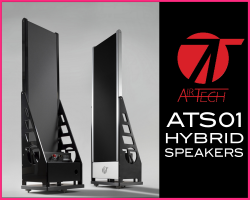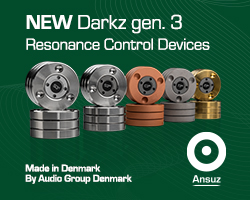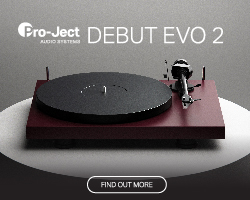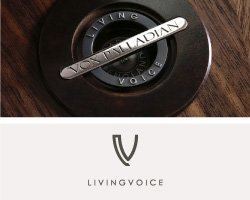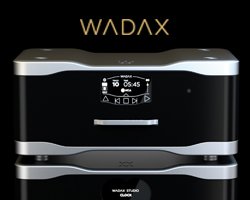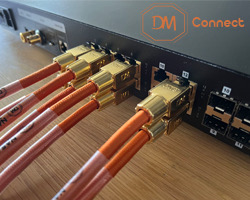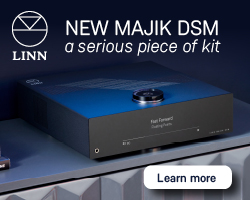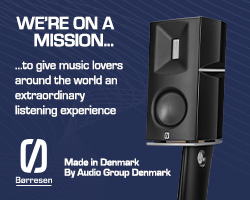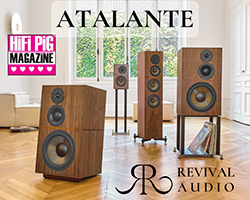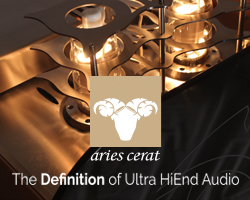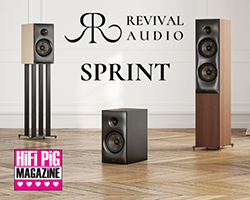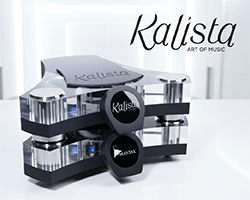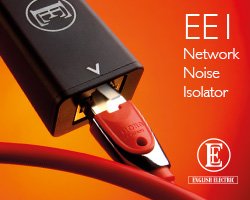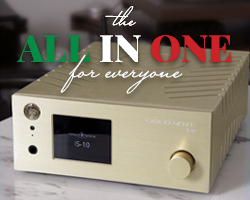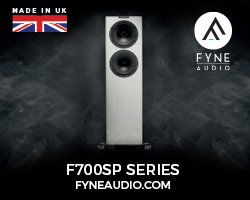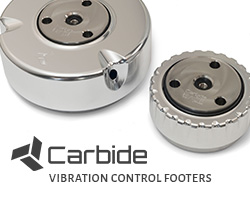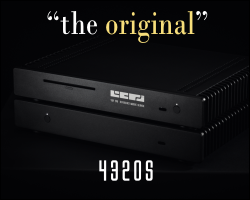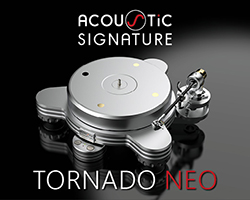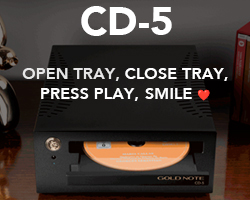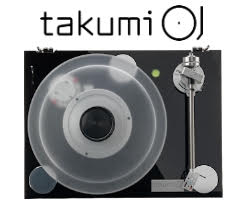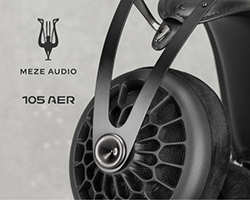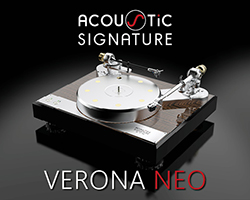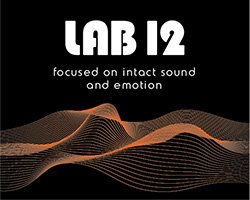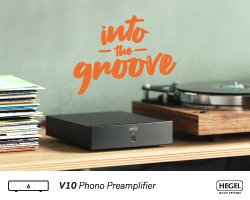AURORASOUND HFSA-01 INTEGRATED AMPLIFIER REVIEW
In this Aurorasound HFSA-01 integrated review, Janine Elliot takes a listen to this valve amplifier that uses the EL84 valve/tube and costs £3699 in the UK.
Today’s young drivers could well be getting deaf, blasting out their 200W car ghetto blasters, especially late at night and outside my house. Very annoying. So I wonder how they’d cope with a mere 14 watts per channel EL84 tube amplifier the size of the Aurorasound HFSA-01. Would they find the tubes working to their limits giving them enough oomph for their own listening sessions? Well, with the right speakers 14W is really more than you should need to enjoy top-quality music. My own EL84-based Leak Stereo 20 comes in at 11W when plugged into my Graham Audio LS5/9s. I wanted to find out if this £3699 Aurorasound integrated machine was loud enough as well as musical enough to keep me happy in my music room during the few weeks I had it on loan.
Aurorasound is a Japanese company based in Yokohoma, set up by Shinobu Karaki in 2013. Having previously worked at Texas Instruments for 28 years, the first product to be launched was a specialist phono stage called VIDA using LCR (inductor/capacitor/resistor) equalisation rather than the more usual CR (capacitor/resistor) or feedback-based eq (The integrated being reviewed here has a CR based MM phonostage). After the VIDA came the PREDA, a line stage using auto transformers, and a headphone amplifier called the HEADA. More recently the 300 B-based 28W PADA-300B mono power amp was introduced, gaining much interest in the audio press. Now, the HFSA-01 has been introduced in response to a demand for a good-sounding integrated with a quiet MM phono input.
KNOBS AND NERDS
Karaki is almost something of a nerd regarding Japanese devices made in the 70’s & 80’s. Specifically, Karaki collects & hoards rare, ‘made for audio’ transistors and Fets that were produced in Japan in the way some people collect rare, vintage, audio-specific valves – he collects them in the way that I collect reel-to-reel tape recorders, and he includes the more interesting ones in his designs when availability and suitability allow. This shows in the HFSA, as it really does look like something from the past, all that is missing are Bakelite knobs! Indeed, after requests from customers, the rather basic plastic knobs as on the review sample can be supplied (by way of an upgrade) with the optional wooden knobs that match the gorgeous mahogany cheeks at either end of the front panel, making the unit look extremely retro and good looking. Like many, many audio CEOs, Shinabu is a keen musician playing as he does the guitar. Indeed, it’s no coincidence to find that the best audio manufacturers seem to be musicians as they know what a good live sound should be.
BUILD AND FEATURES OF THE AURORASOUND HFSA-01 INTEGRATED AMPLIFIER
The initials HFSA stand for Hi Fidelity Stereo Amplifier. The amplifier is well laid out both front and rear and additionally the interior looks well-built and with good components, such as Dale resistors, Wima and Philips caps, Nichicon Muse electrolytic caps, and an Alps potentiometer.
The front has four knobs, the first two being a switchable bass/treble tone controls, and the other two the volume control and source selection. It is good to see a ¼ inch headphone socket to the right which cuts the LS output when headphones are inserted. There is no separate headphone circuitry, rather output is taken from the buffer output after the preamplifier, and offers sufficient oomph even for my Sennheiser HD650’s. The front panel also contains the on/off switch on the left which lights up red, plus a stereo/mono switch on the right. There is no remote control.
At the rear are the RCA sockets for Line 1, Line 2, CD, and MM phono-stage. If you have massive plugs and thick cables you might need to change them because each pair of sockets sits very close together, like they were in the 60s/70’s. There are options for 4 or 8 ohm speaker connections. The feet are good quality making the unit well-protected from vibration, very important for microphonic valves. An IEC mains cable is not bundled with the unit and the unit comes in a box with solid polystyrene protection. That is all very good, but makes it very hard to get the unit in and out of the box!
The highlight of this class AB amplifier is the excellent EL84 pentode tube developed by Philips in 1953, very popular as the output stage of an amplifier, which in push pull configuration pairs can create around 10-14W. However, in the Aurorasound there is no 12ax7 in the front end as in my Stereo 20, rather Shinobu deploys transistors as the drivers for the tubes and rectification. Consequently, the hybrid amplifier offers solid-state punch with the musicality of the valves. The tone controls are based on a Burr Brown OPA604. These knobs can also be used as an EQ unit for the MM phonostage, coming as it does with an overlay to place over the tone control and adjust for Decca, Columbia, AES, NAB, and 78sp records, or kept flat or switched off for the more usual RIAA curve. Shinobu has always taken great interest in phono-stage EQ, as can be shown in his excellent EQ100 phono-stage which allows you to switch to various EQ settings, just as in my 1950’s Leak Varislope (variable-slope) preamplifier. This prevents colouration if set incorrectly. The volume control is set before the output stage, and as this is such a quiet amplifier it shows just how well-designed the amplifier section is.
SOUND QUALITY
To start my listening sessions, I put on London Grammar “Wild Eyed” from the album ‘Truth is a Beautiful Thing’. This had excellent bass detail and extension. Tops are good but not quite as extended as some amps, though sounding very much as I’d expect an EL84. The bass end was energetic, and the music gave a very good musical timbre.
To really test that top end I put on Pat Metheny Group ‘The Way Up’ with all its brilliantly mic’d drum kit, and all sounded clear and believable. The only drawback was a slight loss of excitement in the music, though this improved after the electronics warmed up. For more detail, I put on the excellent Patricia Barber’s ‘Live in France’ album. There was good amount of speed and detail, and a very dynamic performance from such a small output amplifier. Pete Belasco’s “Without Within” had plenty of beautiful digital strings and piano, and, like the Barber album, showed that both male and female vocals had plenty of warmth and musicality with this amplifier.
Warming it up a bit with Robert Palmer’s “Some Guys Have All the Luck” there was excellent speed from the kick and tom-toms and I really enjoyed listening, reminding me a little of my Stereo 20. Only when turning to Queen Symphony “VI Andante Sostenuto” (Tolga Kashifi Royal Philharmonic Orchestra) did I sense a slight lack of excitement, it only coming to life when I turned up the volume to 60%. This amp really needs to be driven to get it to its best. Playing the very gentle Vaughan Williams Symphonic Poem Tintagel (LSO, Sir John Barbirolli) the music was beautifully portrayed with lots of clarity and musicality. Similarly, his fifth symphony was a breath of fresh air with beautiful cellos and violins and space between each instrument in the soundstage.
After listening to enough 24/96 digital sources I turned to reel-to-reel and ‘Jazz Masters 1’ from STS. This is such a brilliantly engineered old-school album. The EL84s fitted in beautifully, sounding as clear on this amp as they do on my Stereo 20. Cymbals were precise, the saxophone played like treacle, and the accompaniment harmonized beautifully with the occasional vocal grunt of “yes indeed” and “careful now”. This amp was being very careful, not letting anything go unheard. The extreme dynamic range on this album was easily catered for, with nothing sounding stressed.
Plugging in my Sennheiser HD650’s the music was just as exciting, with excellent bass end and very low noise.
Blue’s singer Nina Simone’s “Be My Husband” was even more dynamic. Everything was presented well across the soundstage within the confines of the LS5/9s. Not a lot extended out of the speaker area.
“Nobody Knows You when you’re Down and Out” is another blues number where everything was tight and beautifully presented in a rather depressing musical nature (as it should be). The percussion was tight, guitar and flute were tastefully performed and Nina’s voice was clear and powerful. At 40% volume this was just adequate for my listening room. EQ was always switched out as it was now when I played the MM phono-stage. This was a well-designed circuitry showing Shinobu’s keen interest in making vinyl sound good. For listening I used my Technics SL-Q2 direct drive turntable with Ortofon VMS20e Mk2 cartridge and my Michell Hydraulic Reference/SME3/Shure V15iv setups. The performance worked really well on both retro setups.
Jethro Tull’s ‘Bursting Out’ double album is an excellently mixed live album and contains a wide range of instruments including Ian Anderson playing flute as well as his unmistakable vocals. This album is better than most live albums I have in my collection, with great mic’ing including the audience. There was excellent detail from the phono-stage and bass was controlled and extended. The spoken introductions were equally clear showing the excellent midrange from the EL84s. “Skating Away on the Thin Ice of the New Day” was very mobile with excellent close-mic’d percussion and marimba from Martin Barre.
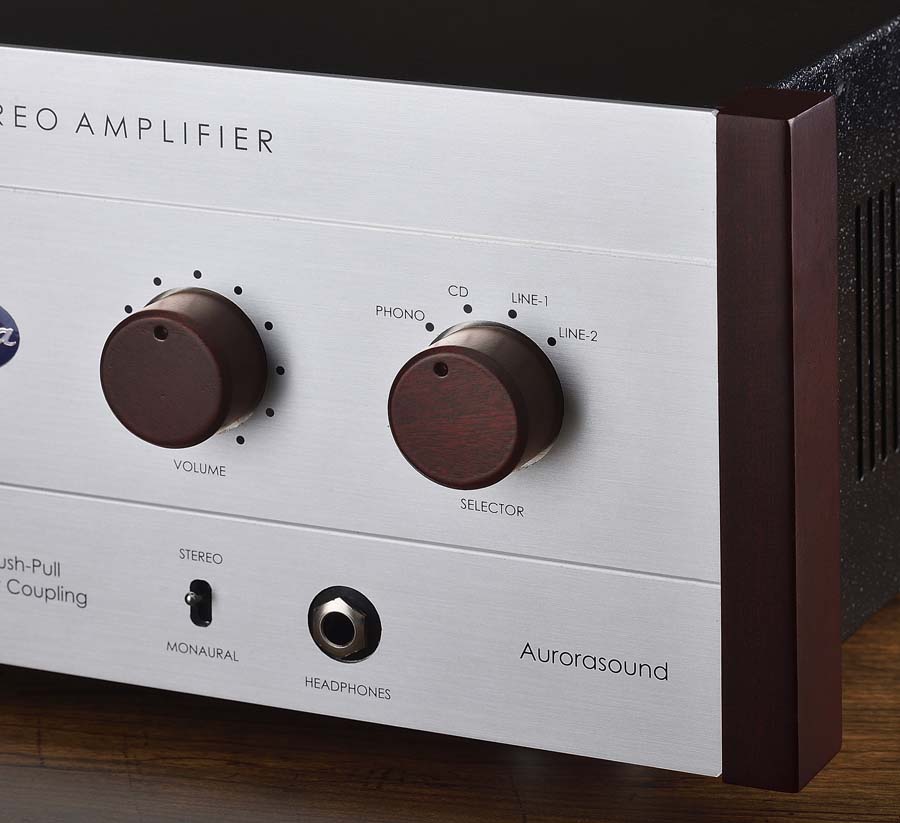
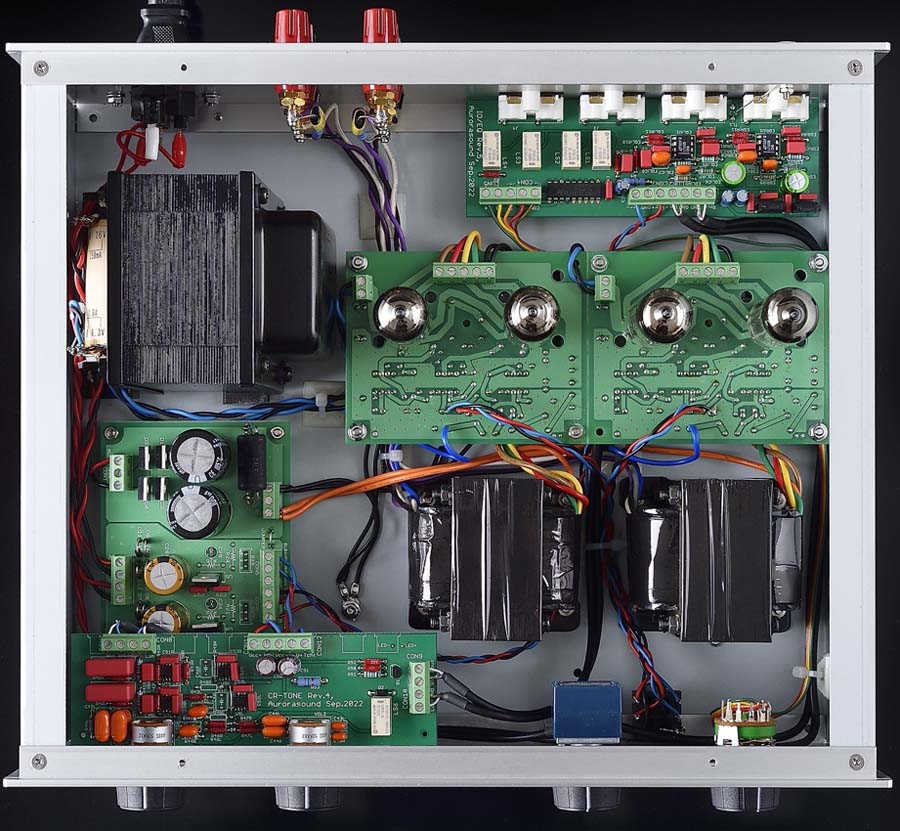
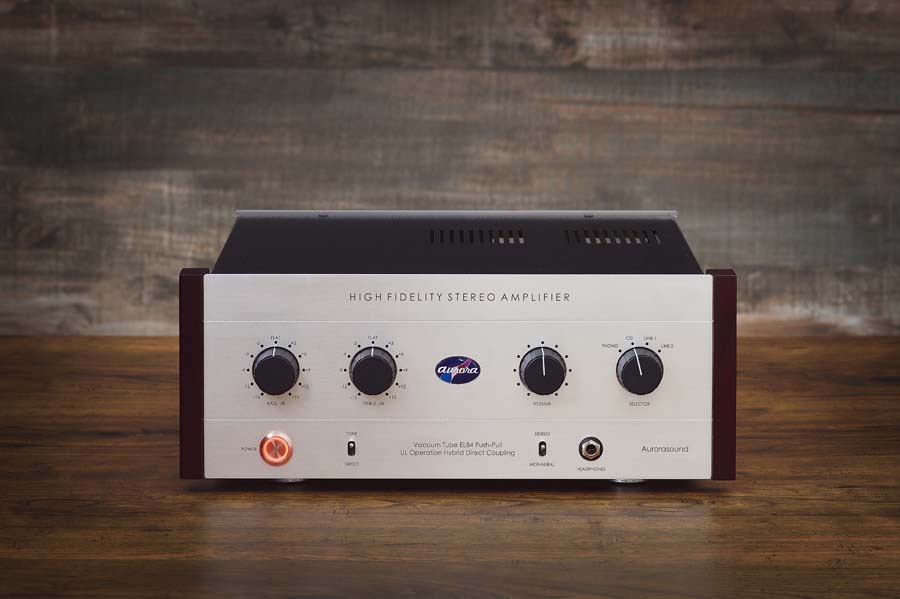
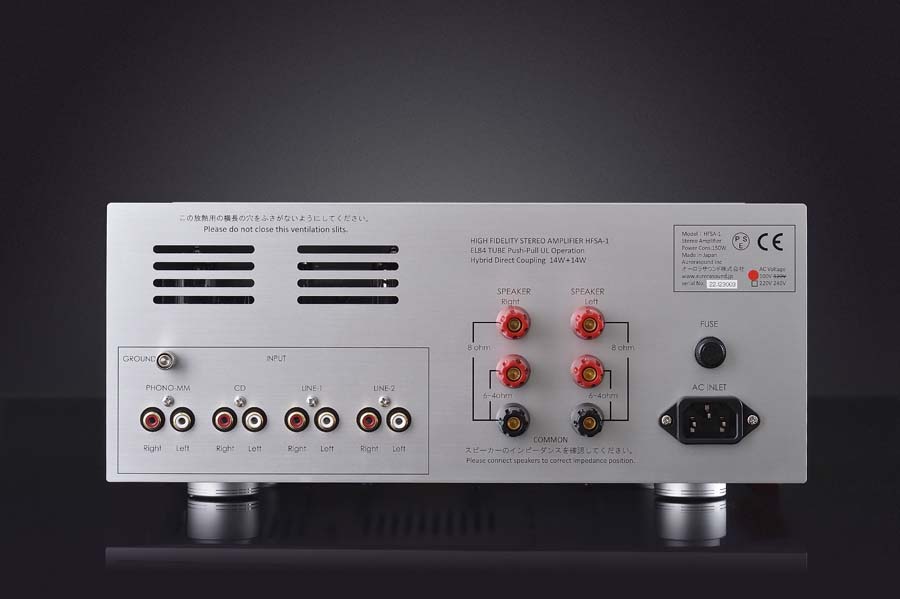
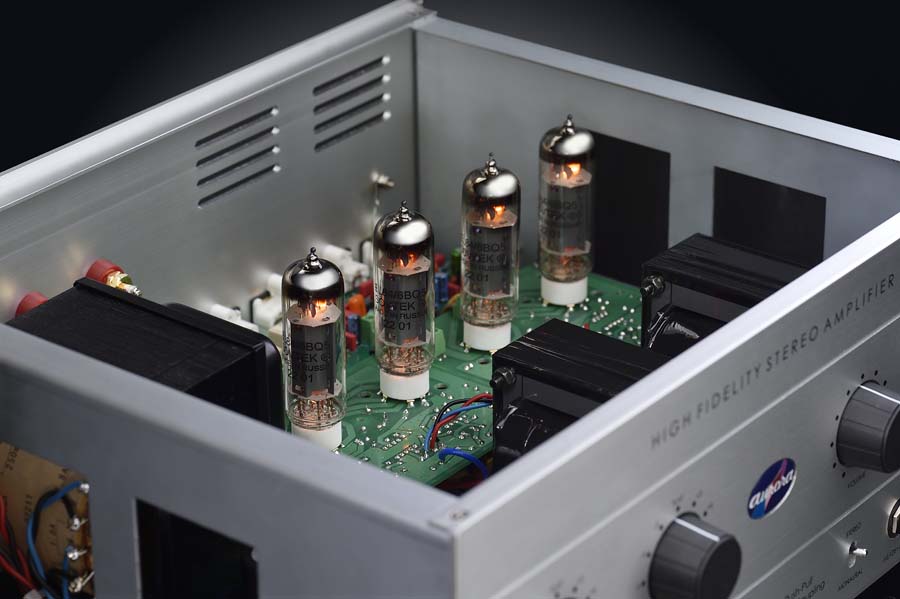
“Night and Day” from Clare Teal with the Syd Lawrence Orchestra (Chasing the Dragon; ‘A Tribute to Ella Fitzgerald’) had excellent spread, detail, and clarity – for example, between the tracks of this Direct-Cut disc you can hear them turning pages or making noises. Bursts from brass were energized but controlled and the piano was played sensitively. This album did show the slight lack of reserves from the amplifier and volume needed to be well over halfway to give it the vavavoom Clare’s voice needed to be put across with authority. All in all, though, this was a very pleasant performer showing the advantages of tubes.
Genesis’s “Turn it On Again” is always hard to sound good on any amplifier, no matter how good, and whilst it was detailed with excellent vocals from Phil Collins the drums weren’t quite as clear and lacking depth.
CONCLUSION
This was a highly engrossing product giving me tons of fun per watt. Everything was harmonious with excellent clarity and a fair amount of dynamism for such a small output. Mids were sublime and top end was pin sharp and fast. The unimposing exterior hid within it a product of excellent calibre, and well worth exploring if you perhaps don’t want to annoy the whole street.
AT A GLANCE
Build Quality:
Very well put together
Each pair of RCA sockets are fairly close
Sound Quality:
Excellent musical performance from the highly respected EL84s
Value For Money:
£3699 is a good price for this amplifier that just does everything well
Coming complete with MM phono-stage makes it even better value
We Loved:
Clarity
Excellent midrange
Transparency
Engaging sound
We Didn’t Love So Much:
Some might not like the retro style, especially the knobs
Those RCA socket pairs are close together
Elevator Pitch Review: I didn’t need to worry about this amplifier being just 14W as this was more than enough to fill my living room with such a good sound. The EL84 is a very well-respected tube and I wasn’t to be disappointed. Coming with a very quiet moving magnet phono-stage this was a very pleasing retro-style setup.
Janine Elliot
Michell Hydraulic Reference/SME3/Shure V15iv; Technics SL-Q2/Ortofon VMS20e mk2 (turntables/cartridges); Krell KPS20i (CD); Ferrograph Logic 7 (reel to reel); Astell and Kern SE180/iFi xDSD (DAP/streamer); Townshend cables, Coppice Audio stand and Townshend rack.
Specification
Input: RCA unbalanced – CD, Line 1, Line 2, MM phono (gain 40dB, load 47kohm)
Tone Control: Bass +/- 12dB, Treble +/- 12dB
Output 14W + 14W into 8ohm
Frequency response 10Hz-40kHz, -3dB Flat
THD+N: 0.08%, 1kHz, 2W A-weighted
SNR: 93dB
Power consumption 150W
Dimensions: W360 x D320 x H145mm/ 14 x 12.5 x 5.7inches
Weight: 10.3kg























































